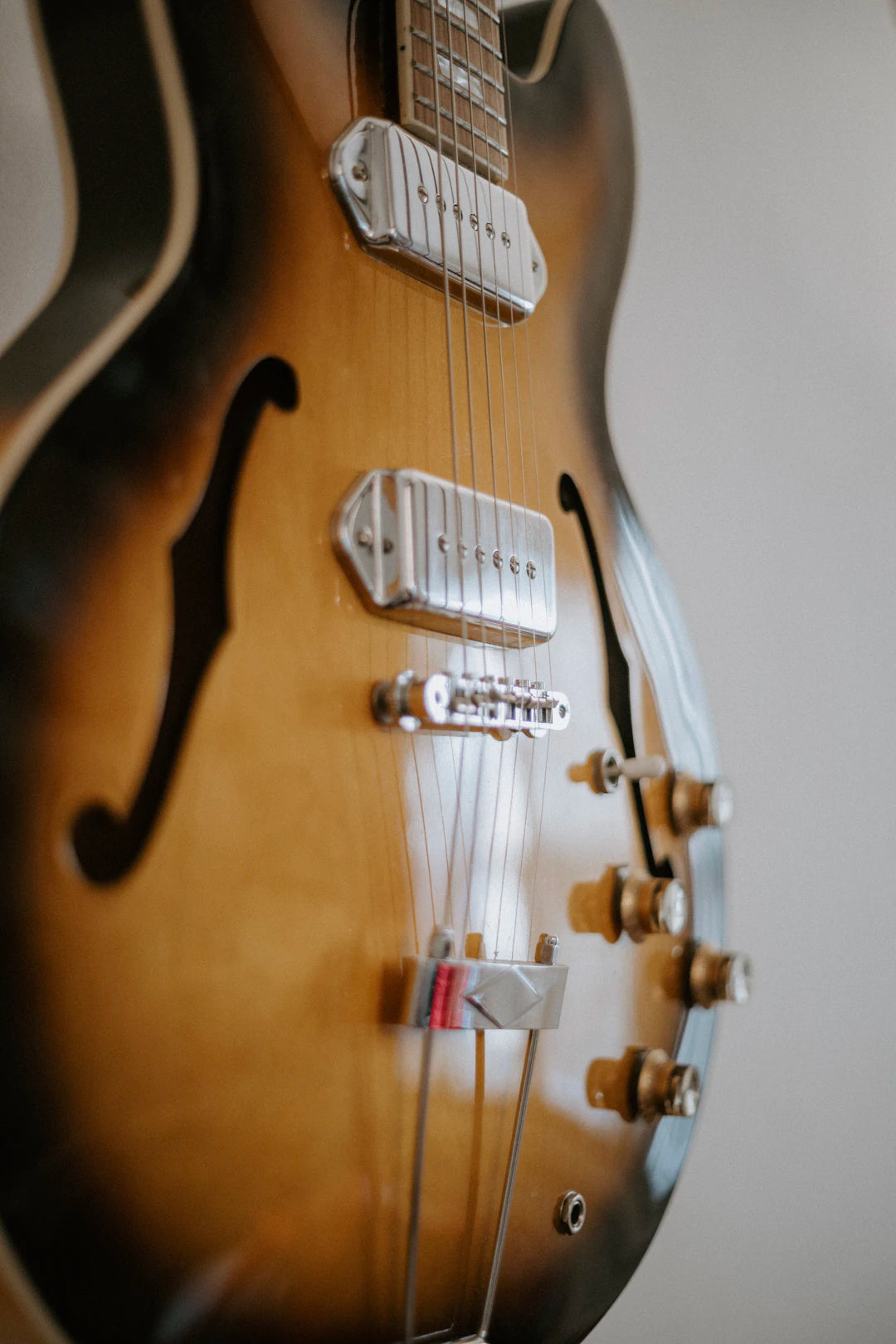Frequently Asked Questions
1. What are guitar pickups?
2. What are the main types of guitar pickups?
3. What is the difference between series wiring and parallel wiring?
4. What is coil splitting?
5. What tools do I need for wiring configurations?
Understanding and navigating the complexities of guitar pickups can vastly improve your sound quality. Whether you’re just starting your musical journey or are a seasoned pro, mastering wiring configurations is essential for customizing your guitar’s tonal palette. This guide will explore the various wiring configurations for guitar pickups, insights on how to optimize them for your playing style, and a few tips to enhance your setup. Let's dive deep into this electrifying topic!
The Basics of Guitar Pickups
Before we dive into wiring configurations, it’s essential to understand what guitar pickups are and how they function. Guitar pickups are essentially sensors that convert string vibrations into electrical signals, allowing you to amplify sound. The two primary types of pickups are single-coil and humbucker pickups, each offering unique tonal characteristics.
Single-Coil Pickups
Single-coil pickups are known for their bright, clear sound. They can capture the nuances of your playing style but are also susceptible to electromagnetic interference, leading to unwanted noise. Many guitarists favor single-coil pickups for genres like blues, rock, and country due to their articulate tone and responsiveness.
Humbucker Pickups
Humbuckers, on the other hand, use two coils wired together to eliminate hum. This configuration offers a warmer, thicker tone, making them highly sought after in rock and metal genres. Many modern guitars utilize a combination of both pickups for maximum versatility.
Understanding Wiring Configurations
Now that you have a brief overview of guitar pickups, let's delve into the various wiring configurations. These configurations dictate how pickups interact with each other and your amp, influencing your overall tone and sound quality.
Standard Wiring Configurations
The most common wiring configurations for guitar pickups include:
- Series Wiring
- Parallel Wiring
- Split Coil Wiring
Series Wiring
In series wiring, pickups are connected one after another. This configuration increases the output signal, providing a thicker, punchy tone. Guitarists often prefer series wiring for rock and heavy metal genres, as it adds sustain and fullness to their sound. If you want to achieve a more powerful sound, consider experimenting with series wiring.
Parallel Wiring
Contrastingly, parallel wiring connects pickups side by side. This configuration preserves the individual characteristics of each pickup, allowing for a brighter and clearer tone. It’s fantastic for those who love crisp sounds, often favored by jazz and blues players. Keep in mind that parallel wiring can result in lower output compared to series wiring.
Split Coil Wiring
While split coil wiring is often associated with humbuckers, it can also apply to single-coil pickups. This setup provides the option to use only one of the two coils in a humbucker, giving you a single-coil sound without the hum. It’s an excellent way to switch tonal characteristics on the fly, making your guitar more versatile.
Advanced Wiring Techniques
For those feeling adventurous and looking to customize their sonic landscape further, consider exploring these advanced wiring techniques:
Coil Splitting
Coil splitting is a popular technique among guitarists who utilize humbucker pickups. This allows you to split the humbucker into two separate single-coil pickups, offering you versatile tonal options. The versatility can enhance your playing and give you access to a broader sound palette, allowing you to branch out into genres you might not have thought possible.
Phase Switching
Phase switching enables you to wire your pickups in and out of phase. When pickups are out of phase, they can produce a thinner, quacky sound, highly sought after for its unique tonal qualities. This can be a game-changer in genres like funk, where percussive sounds are desirable. Experimenting with phase switching can lead to some fascinating tonal outcomes!
Blend Potentiometer
Another advanced option is installing a blend potentiometer. This custom wiring allows you to blend the signals from two pickups, giving you a variable tone that can suit your distinctive style well. This technique can create tones that are otherwise unattainable, making it a worthwhile option for serious players.
Choosing the Right Wiring Configuration for You
Choosing the right wiring configuration ultimately depends on your playing style, music genre, and personal preference. Here are some factors to consider to help you find the best fit:
- Music Genre: Different genres have different tonal requirements. A series configuration may be more suitable for rock, while those in jazz may prefer parallel wiring for its clarity.
- Playing Style: Consider your technique and how each configuration complements your playing style. Experimenting with different wiring setups can help you discover what feels right.
- Available Components: Make sure you have the necessary components to execute your desired configuration, including pots, capacitors, and switches.
Tools Required for Wiring Configurations
Before you embark on your wiring adventure, make sure you have the right tools on hand. Here's a quick checklist:
- Soldering iron and solder
- Wire cutters and strippers
- Multimeter for testing pickups
- Heat shrink tubing
- Wire insulation tape
- Small screwdrivers
- Tools for removing the back plate of your guitar
Safety Precautions When Wiring Guitar Pickups
Safety is always a priority. Follow these precautionary measures to ensure a safe wiring experience:
- Always unplug your guitar while working.
- Be cautious with the soldering iron to avoid burns.
- Double-check your wiring connections to prevent damage.
- Conduct tests with a multimeter before sealing everything up.
Experiment and Discover Your Unique Sound
Now comes the fun part—experimenting! With your tools ready and safety precautions in place, it’s time to try out different wiring configurations and techniques. Document your settings, the sounds they produce, and find what resonates with your musical style.
Seeing your potential rise when experimenting is exhilarating. There's no one-size-fits-all in the world of guitar wiring; the combinations are endless. Connect with other musicians and seek their perspectives to enrich your knowledge. Don't hesitate to share your insights and modifications; the guitar community enjoys learning together!
Elevate Your Guitar Journey
In conclusion, wiring configurations for guitar pickups play a crucial role in shaping your overall sound. By understanding the nuances of each configuration, trying advanced techniques, and making informed choices based on your musical style, you can elevate your guitar playing experience exponentially. Dive into this enchanting world of sounds, and you may find the secret sauce to your unique musical identity right under your fingertips. So grab your tools, trust your instincts, and become the sonic architect of your guitar journey!











